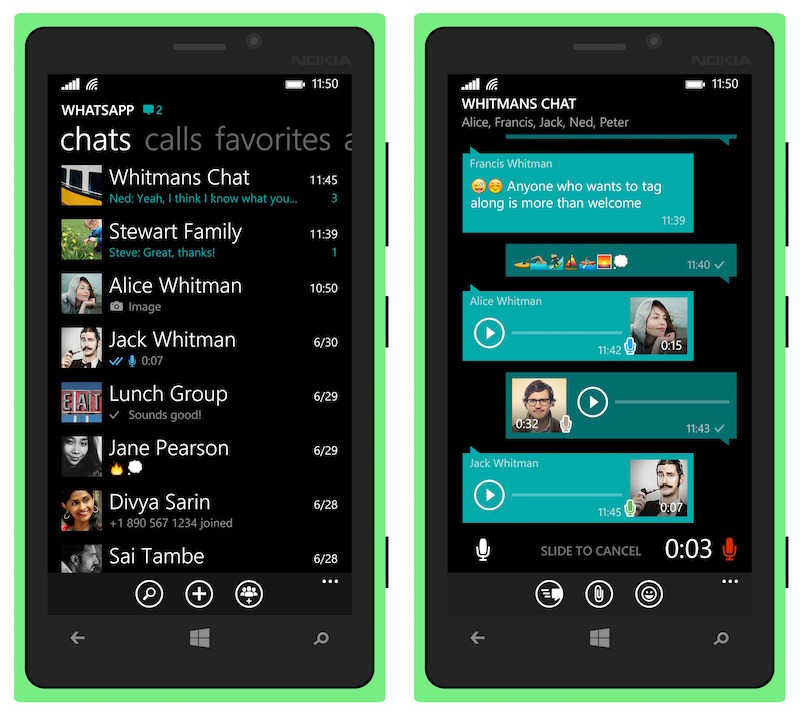
- MICROSOFT RMS SHARING APPLICATION HOW TO
- MICROSOFT RMS SHARING APPLICATION INSTALL
- MICROSOFT RMS SHARING APPLICATION SOFTWARE
What do you need to know about RMS client 2.1? In Registry Editor, navigate to HKEY_LOCAL_MACHINESOFTWAREMicrosoftMSIPC. To enable client-side AD RMS service discovery by using the Windows registry Open the Windows registry editor, Regedit.exe: On the client computer, in the Run window, type regedit, and then press Enter to open the Registry Editor.
MICROSOFT RMS SHARING APPLICATION HOW TO
How to enable client-side AD RMS service discovery? It may be altered or unavailable in subsequent versions. [The AD RMS SDK leveraging functionality exposed by the client in Msdrm.dll is available for use in Windows Server 2008, Windows Vista, Windows Server 2008 R2, Windows 7, Windows Server 2012, and Windows 8. Is the AD RMS client available in Windows 7? Azure AD has wider control over user identities outside of applications than AD FS, which makes it a more widely used and useful solution for IT organizations. Is Azure AD the same as ADFS?Īzure AD vs AD FS Although both solutions are similar, they each have their own distinctions. If the file was previously protected, it will be protected again, to apply any changes such as those that might be made to the template that is being used to protect the file. The Protect-RMSFile cmdlet protects a file or all files in a specified folder by using Azure RMS or AD RMS. How do you check AD RMS? What is protect with RMS?ĭescription.
MICROSOFT RMS SHARING APPLICATION INSTALL
Type Install-WindowsFeature ADRMS and press Enter to install the AD RMS role. Type Start PowerShell in the Command Prompt window to start Windows PowerShell.

This will open the AD RMS Configuration Wizard. 1) Launch Server Manager > Notifications > Under “Configuration required for Active Directory Rights Management Services” > Perform Additional Configuration.
MICROSOFT RMS SHARING APPLICATION SOFTWARE
RMS Client 2.1 is software designed for your client computers to help protect access to and usage of information flowing through applications that use RMS services in Azure Information Protection and AD RMS on-premises.


 0 kommentar(er)
0 kommentar(er)
